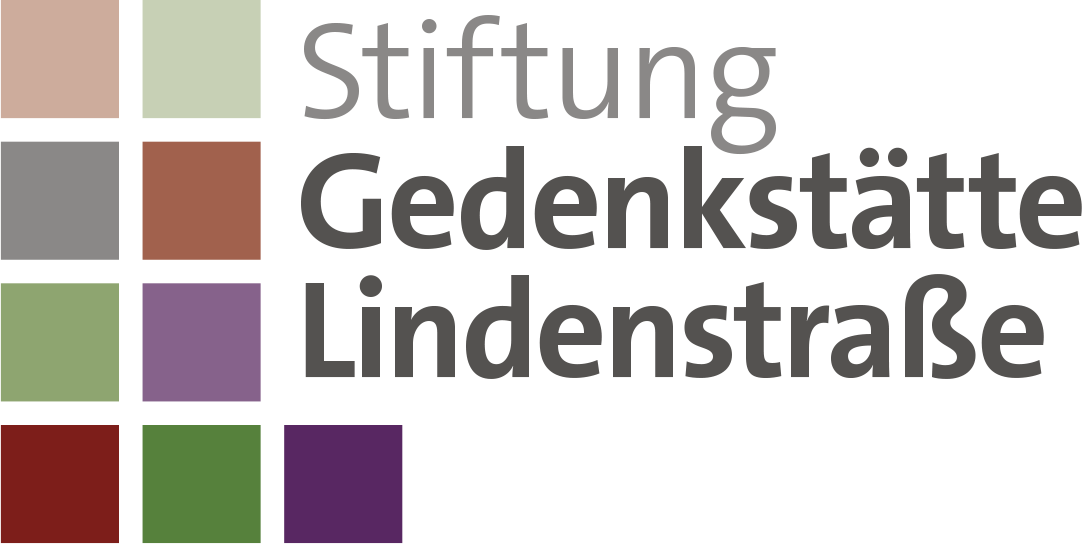Landscapes of Persecution – Web app
From 2019 to 2023, the Lindenstrasse Memorial Foundation was part of a four-year research group project known as Landschaften der Verfolgung (Landscapes of Persecution). Funded by the German Ministry of Education and Research, the research group further included the Humboldt University Berlin, the Charité University Hospital in Berlin, the Berlin-Hohenschönhausen Memorial, and others.
With its contribution to the project, the Lindenstrasse Memorial Foundation examined the history of the investigative detention center in Potsdam between 1952 and 1989. Operated by the Ministry of State Security (Stasi), this prison detained a total of 6000 to 7000 women and men. The Stasi maintained a separate card index for these detainees, and our researchers worked to systematically analyze this index, which is preserved in the Stasi Records Archive at the German Federal Archives. The research also made use of other records from the Federal Archives as well as from the Brandenburg State Archives and from the Potsdam City Archives.
Selected results from our research can be accessed online:
- The web app available at https://potsdam.berlinhistory.app/ delivers insights into the statistical information from the card index found at the Stasi Records Archive. It also introduces users to women and men who were detained by the Stasi at the former Lindenstrasse jail. There are three ways for users to explore the information and biographies offered by the site: by timeline, by geographic location, or by seeking answers to specific questions.
- The web app available at https://haft-ddr.de/ summarizes the results collected from the entire research group. It represents the largest collection of data to date on the more than 50,000 prisoners held by the Stasi from 1963 to 1989. These include between 6000 and 7000 men, women and adolescents detained at the Lindenstrasse jail between 1952 and 1989. The research project was able to ascertain the names and fates not only of many inmates but of secret service employees as well. The project’s findings show how the charges and the grounds for detaining people changed over time and they allow us to chronologically trace various waves of repression. Some 1700 people were placed in investigative custody at Lindenstrasse following failed attempts to flee the country or for helping others to escape. In the 1980s, the number of imprisoned exit visa applicants rose sharply. 1988 and 1989 saw detainee numbers reach a new high. As part of the research project, 25 biographical interviews with period witnesses were recorded on film and can be viewed in the app.
